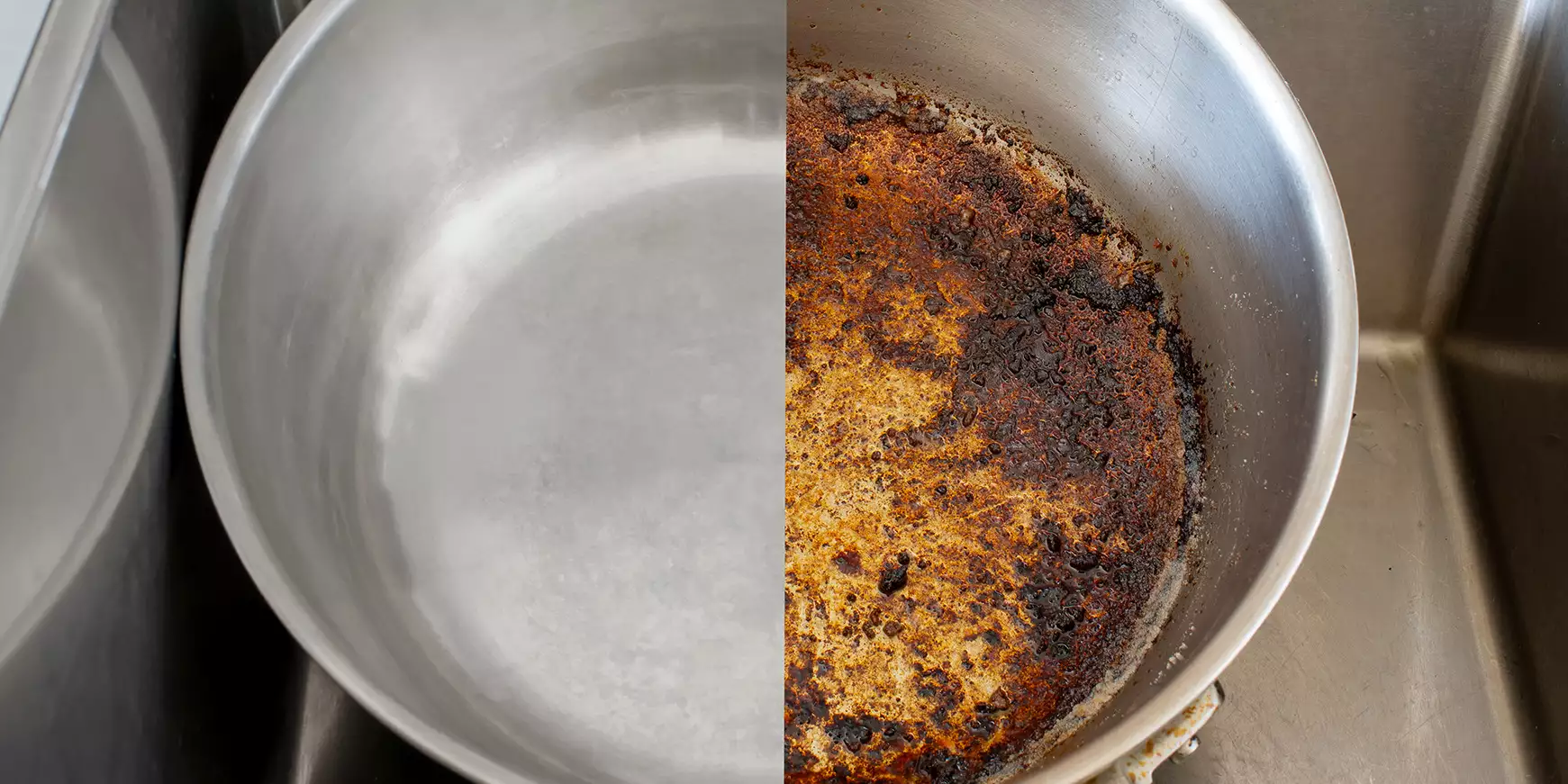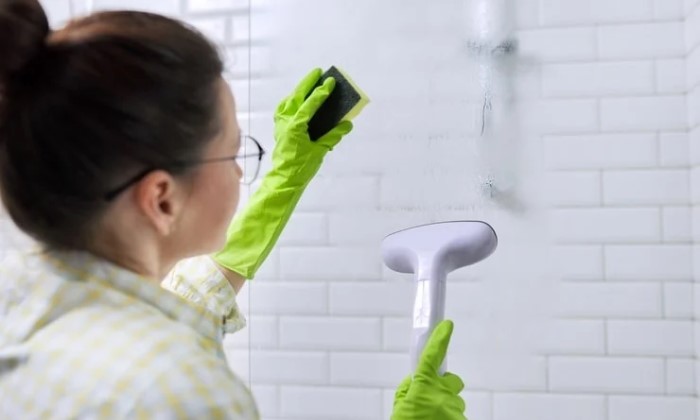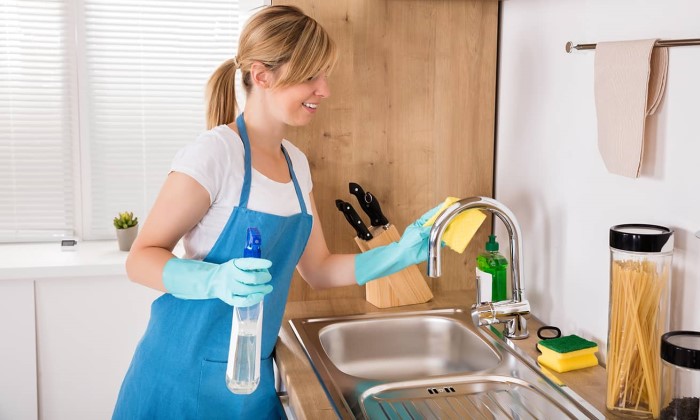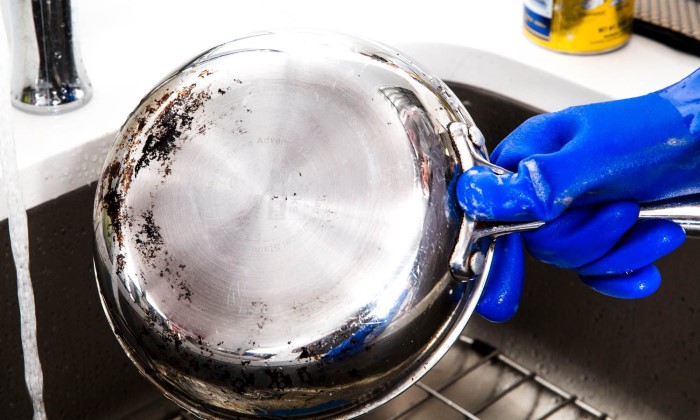
How to Clean a Burnt Pot
If you want to clean a burnt pot quickly and effectively, there are several easy ways to do it. Lemon juice is an excellent way to remove burned food particles. Fabric softener sheets, Hydrogen peroxide, and baking soda can also help clean a burned pot. If none of those work, try using fabric softener sheets. Once the burnt food has cooled, use these solutions to remove the smoky smell from the pot.
Fabric softener sheets
Dryer sheets work great for cleaning a scorched pan. Add a few sheets to the pan and let them soak overnight. When you return the next morning, you can sponge off any excess fabric softener. After the pan has soaked overnight, you can scrub it clean with a sponge. You can use a mixture of water and fabric softener to clean a burnt pot.
Another effective method is to use fabric softener sheets for cleaning a burnt pot. These sheets contain chemicals that can help clean a pot that is dirty from a stovetop fire. Using a dryer sheet on the pan will also help remove bigger particles of dirt. If the pan is stainless steel, you can add fabric softener sheets to the water to clean it thoroughly. However, if the pot is made of a different metal, you can use a non-scratch sponge.
Lemon juice
Using lemon juice to clean a burnt pot or pan can be a great way to get rid of the nasty grime left behind by the hot food. Lemons have amazing properties and the acid content is perfect for getting rid of the food particles that have become stuck in the pan. You can also mix lemon juice with water and scrub the burnt spots. The acid content of lemons will also loosen any gunk that has formed on the pan or pot.
If you are using non-enameled cast iron, you’ll need to re-season the pot after cleaning. If your pot isn’t enameled, you’ll have to use a cleaning solution to re-season it. For non-enameled cast iron, rub the inside of the pot or pan with oil and bake it at 350 degrees Fahrenheit for about an hour. Lemon juice is also an excellent alternative to white vinegar because it has powerful acidic properties.
Hydrogen peroxide
Using hydrogen peroxide to clean a burnt pan may sound like a bizarre combination. However, hydrogen peroxide can clean even the most stubborn of burnt pot stains! It works by scrubbing away carbon and lifting burnt-on food particles. You just have to be sure to put the pot in the liquid while lifting. Using a small amount of hydrogen peroxide will clean the burned-on pot in minutes.
Before you use hydrogen peroxide to clean a burnt-on pot, make sure to put the pot in a dark place. This will prevent accidental contact with the hydrogen solution. If you’re not confident with the product’s cleaning capabilities, you can buy it at a local drug store. Be sure to use a face mask and high-quality gloves while using it. It’s important to store the hydrogen peroxide in a dark place, as it is dangerous if ingested by children.
Baking soda
Use baking soda to clean a burned pot. First, remove any food or debris that may have fallen on the surface of the pot. Pour white vinegar over the pan and allow it to simmer for a few minutes. Once the water has cooled, remove the pan from the stove and pour it into the sink. Sprinkle two tablespoons of baking soda into the wet pan. Scrub the pan with a scouring pad or cookware-safe sponge to remove the black residue.
If your pot is non-stick, you can also use baking soda to clean it. Apply a thin layer of baking soda and water. Let sit overnight and wash away with warm water or a nylon brush. Another way to clean a non-stick pan is to mix half a cup of baking soda with a cup of water. If you don’t have any baking soda, you can also use lemons and Barkeeper’s Friend, which are often available at home.
Rice
A ruined rice pot is an inconvenience, and you’ll probably wonder how to clean a burnt pot. You can try soaking the pot in water, which will help remove the blackened rice. Another option is to soak the pot in a solution of white vinegar and water. This solution will break up any residue and remove any food that is stuck in the pot. Once the pot is soaked, you can simply clean it as normal.
Besides soaking in water, you can also use baking soda to scrub a burnt pot. You can also try mixing baking soda with hot water and scrubbing it with crumpled foil. Once this paste has dried, simply rinse the pot with hot soapy water. A burnt pot can be restored to its former glory, so be sure to try this solution! If these two options don’t work, try using lemon juice instead.
Steel wool
If you want to clean a burnt pot, steel wool is a great option. Its abrasive properties will clean stubborn stains, but be careful to avoid scratching the stainless steel surface. Use a back and forth motion while cleaning. The steel wool should be slightly wet, not toothpaste-like. Then wipe the pot or pan with a clean cloth. Repeat as needed.
You can use steel wool as a sponge. It’s also great for scrubbing wood surfaces. Use an extra-fine steel wool pad to scrub away dirt and stains. It can also be used to scrub baked-on messes off wooden surfaces. Using steel wool to clean a burnt pot is a great way to save money!
How to Clean a Burnt Pot With a Fabric Softener Sheet
Trying to clean a dirty pot? Instead of using a dishwasher detergent, try a burnt pot fabric softener sheet! These sheets can be soaked overnight and can help loosen any crusted-on food. Once dry, you can simply sponge the pot clean. These sheets can also remove burnt bits of food and make it easy to keep the pot clean. But how do you use them? Read on to learn how.
A natural solution is to use baking soda to scrub away the burn marks. This mixture can be applied to the pan or poured into a water-vinegar solution. After allowing it to sit for a few hours, you can scrape off any remaining debris with a plastic scrubber. If this doesn’t work, try applying a fabric softener sheet to the burned area. A few drops of the fabric softener can also help to restore the burnt pan.
If the smell is too strong, consider using natural or unconventional cleaning materials. Baking soda, vinegar, and dryer sheets can help. Some of these methods require additional materials. Some methods will require some elbow grease, but they all work! A burnt pot will require some elbow grease, so be prepared for it! The best way to clean it is to be patient and have a lot of patience. However, if you’re pressed for time, these natural or unconventional methods are worth trying.



